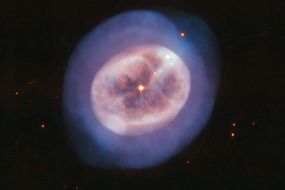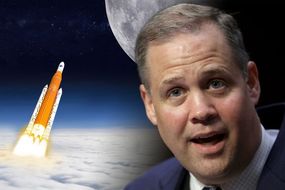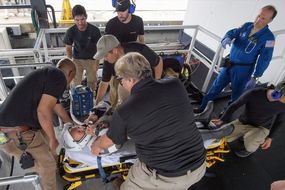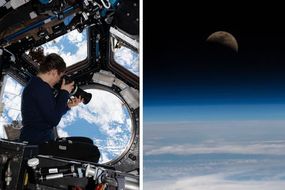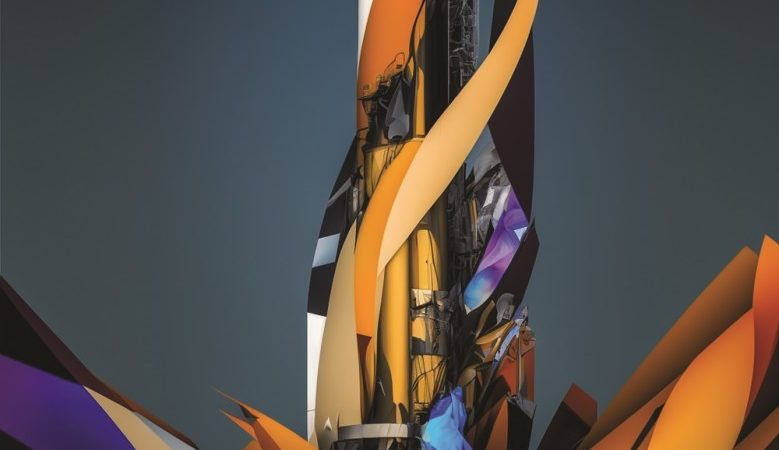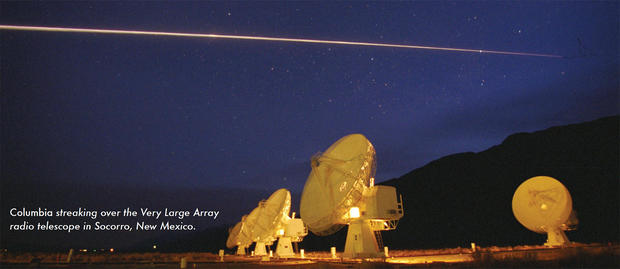NASA shock: ‘Basic’ technology is same as 50 years ago but ion drives could be the future – Express.co.uk
NASA’S dreams of exploring the entire solar system are limited by “basic propulsion systems” that have not changed since Apollo 11 – but a spaceflight engineer believes the development of ion propulsion could offer a major alternative.
Without the ability to rewrite the laws of physics, NASA relies on the same principles of spaceflight that landed the first man on the Moon 50 years ago in 1969. The basics of rocketry, as pioneered by NASA and the Soviet Union during the Cold War, involves burning vast amounts of oxidiser and fuel to create upwards thrust. Unfortunately, aerospace engineer Ella Atkins fears not much has changed in this department since the end of the Space Race. Speaking to Express.co.uk, the professor of Aerospace Engineering at the University of Michigan and IEEE senior member, explained why ion propulsion is an alternative that is slowly getting better.
Ms Atkins said: “As Scotty would say, ‘You can’t change the laws of physics’.
“An orbit is an orbit, an orbit transfer is an orbit transfer and we have to fight gravity the same way today that we did 50 years ago.
“All that means is the trajectories we follow are very similar to what we followed 50 years ago and that’s because of physics.
“The basic problem of throwing mass at high speeds off the back of a launch vehicle was solved reasonably well 50 years ago and we haven’t figured out how to do it a whole lot better.”
READ MORE: Why it will take more than just humans to settle the Moon, Mars and beyond
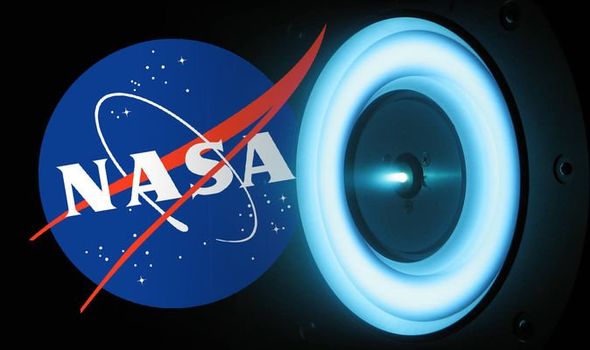
NASA shock: Ion thrusters could solve the problem of ‘basic propulsion systems’ (Image: NASA)
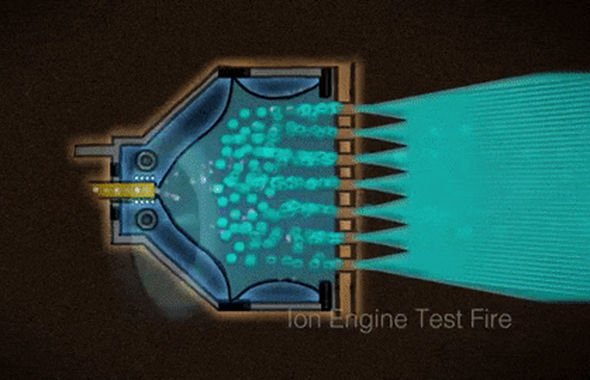
NASA news: Ion thrusters eject positive ions to create thrust in spacecraft (Image: NASA)
Ion drives or ion thrusters are revolutionary because they use streams of positive ions to propel a spacecraft forward, instead of burning rocket fuel.
As Scotty would say, ‘You can’t change the laws of physics’
An ion thruster will bombard a neutral gas like xenon with high-energy electrons to knock of individual negative electrons from the propellant’s atoms.
The process creates positively charged ions, which mixed with negative electrons, creates a neutral charge plasma.
Then, by applying a big voltage through the drive, the xenon ions are pushed through a metal grid and shot out into space to create thrust.
READ MORE: Apollo was an inefficient Moon landing but ‘impressive’ Elon Musk will fix it
Ion thrusters can shoot these ions out at speeds of 90,000mph, making them a potentially powerful form of propulsion.
But the current state of ion propulsion is still far from the technology needed for quick and efficient space exploration.
Ion propulsion is currently used on satellites and small spacecraft to help them stay in the right orbits.
But according to Ms Atkins, were are slowly getting better at developing the incredible technology.
READ MORE: Will humans be ready to live in space in just 25 years?
She said: “We have electric propulsion or the ion propulsion that allows us – and we’re gradually getting better at this – to do burns to transfer with low magnitude thrust between orbits, transfer between planets or between a heliocentric orbit and the orbit around another body.
“But we can’t generate the amount of thrust because we don’t throw that many particles out the back of a spacecraft when we use ion propulsion.
“So that means we won’t launch a large payload, or any payload, off of the surface of the Earth. It doesn’t provide enough thrust.
“So, we’re still stuck with the same kind of chemical propulsion systems, whether it’s solid or liquid, that we had a long time ago.”
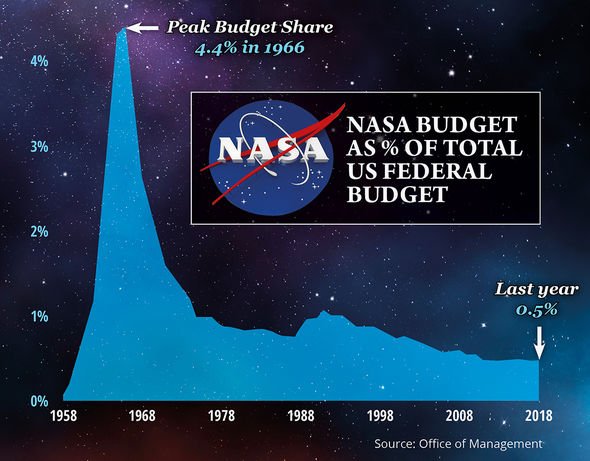
NASA news: NASA’s share of the US federal budget over the years (Image: GETTY)
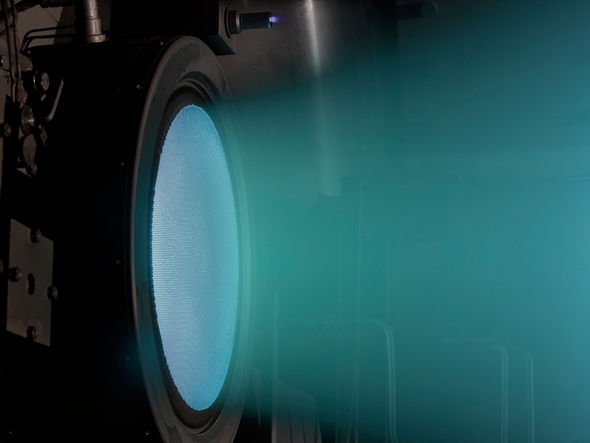
NASA news: Ion thrusters are still to weak to launch spacecraft from Earth (Image: NASA)
In 2017, NASA announced its involvement in the development of two ion thrusters: the NASA Evolutionary Xenon Thruster (NEXT) and the Annular Engine.
The space agency said the technology will help reduce mission costs and, more importantly, reduce trip times in space.
That same year, in October, researchers at the University of Michigan unveiled the X3 Hall ion thruster developed for NASA.
The University claimed the low power, xenon and krypton thruster could reach speeds of up to 25 miles per second or 40 km per second.
